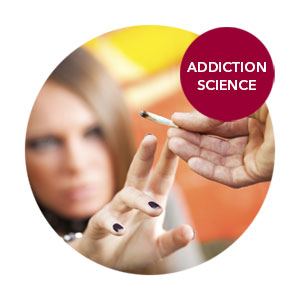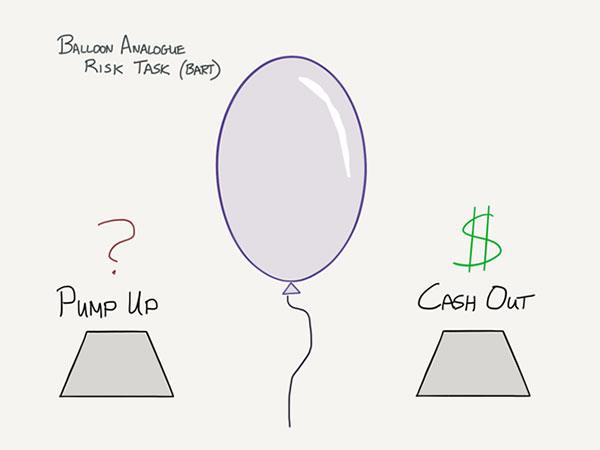ADDICTION SCIENCE
Learning what separates addicted teens from ‘normal teens’ involves neuroscience and public health research. By understanding the typical traits of a standard teen, we can learn what sets the addicted teens apart. This allows us the opportunity to intervene earlier, possibly preventing new instances of addiction from developing.
There is a large collection of data regarding teenage drug use and alcohol patterns. Conducted every year, the Monitoring the Future study surveys approximately 50,000 students in 8th, 10th, and 12th grades. This survey seeks to understand substance use patterns and perceptions of teens and monitor trends of this substance use. Some of the recent data from the 2016 results show that perception of marijuana use as harmful has decreased. Overall substance use seems to have decreased as well. 38% of 10th graders and 56% of 12th graders reported alcohol use in the past year. Compare this to 50% and 64%, respectively, from years past.
Experimentation vs Addiction
While many teens experiment with substances, there is interesting clinical research about the addicted teens and their psychological traits. Much of this research involves psychological testing, MRI screening, and functional analysis of behavioral patterns. The core findings indicate that a teen who becomes addicted to drugs or alcohol is more likely to exhibit:
- High degree of Novelty-Seeking Behavior
- Low degree of Harm Avoidance or Risk Aversion
In other words, these teens are more likely to experiment and try new things while maintaining a belief of indestructibility. As students, health class may educate them that cocaine use can cause a stroke or heart attack. They just don’t believe this will actually happen to them. Hence, the drug use continues. Teenage drug use is heavily connected to perceptions.
The BART Test
One of the psychological tests we use to gauge risk aversion is called the Balloon Analogue Risk Task, or BART. This is a series of 30 computer-generated modules in which the subject is shown a unique balloon on a computer screen. That subject then chooses to either inflate the balloon or cash out the balloon with real money based on how large it has become. The more inflation pumps achieved, the greater the cash-out value, but also the greater the ‘pop’ risk, in which the subject earns no money and moves onto the next balloon. Each of the balloons will pop at different points, so it is not possible to simply count the maximum number of pumps to use.
The BART test is an appraisal of risk-taking behaviors. A subject who shows a higher degree of risk-taking will pop too many balloons. The more conservative, or harm-avoidant person, will cash out more balloons and essentially ‘play it safe.’
As you could probably imagine, the teenage drug use cohort scores significantly higher than a control teenage group in terms of popped balloons. Those teens push the envelope.
No One is ‘Born’ an Addict
Many people describe that they were born an addict. A more likely description of this would be that they were born with significant risk factors for developing an addiction. Metaphorically, they had a powder keg that required a match to set off the explosion. This ultimately does require substance use to develop into an addiction. No one who has abstained from substances can realistically be termed an ‘addict.’
What becomes more complex is how the above risk factors connect to genetic influences versus development. Families that struggle with addiction and mental health often provide stressful homes for safe childhood development. This may lead to acting-out behaviors and defiant tendencies towards substance use. At the same time, those family members are passing down the same genes which can evolve into an addicted phenotype within a person. Addicted teens often have many variables at play.
The advanced research in this field describes that about 50-60% of the genetic disease is heritable (see this post on chronic disease data). This is probably a combination of the above 2 listed factors, rates of conditions like Attention-Deficit Hyperactivity Disorder (ADHD), and susceptibility to things like high tolerance and low rates of consequences from substance use. An example of the latter is people who experience mild alcohol hang-overs – they don’t have the consequences of getting drunk last night!
Using Data to Strengthen Recovery and Preventing Teenage Drug Use
If you feel you were or are similar to those above described teens, we need to build some safeguards into your recovery plan. Relapse prevention will be contingent on you maintaining sound judgment, keeping yourself in safe situations, and using things like lifestyle and exercise programs to effectively meet potential risk-taking needs. Classic examples include the former addict who got heavily connected with extreme sports and fitness and now both get a dopamine rush from those things and prevents relapse through activity commitments.
In our women’s residential program through CeDAR, we offer kickboxing as an option for exercise blended with stress relief. Both our women’s AND men’s CeDAR programs connect with The Phoenix program in the Denver area, helping people in recovery embrace strenuous physical pursuits as ways to effectively cope with stress.
You can use this behavioral science information effectively if you have children who exhibit some of these risk traits. Helping to educate them on risks of addiction, once they are an appropriate age, will be beneficial to them. You could also emphasize structured athletic pursuits for them to help build a substance-free lifestyle in the interest of sports and health. Preventing the initiation of drug use for a high-risk individual may be life-saving and decrease the rate of newly addicted teens.
Read more CeDAR Education Articles about Addiction Science including Coping with Relapse.





